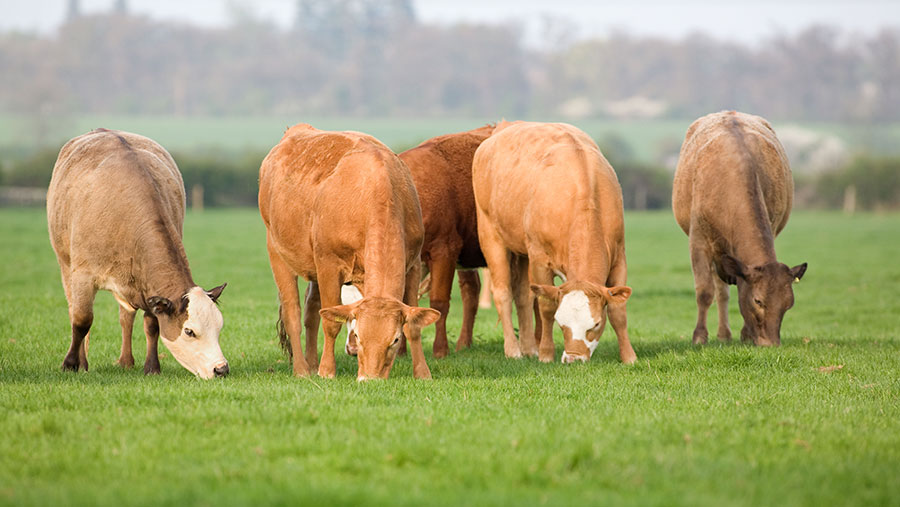New advice issued for monitoring beef farm antibiotics use
 © Tim Scrivener
© Tim Scrivener Beef farmers have been given new recommendations for measuring the amount of antibiotics they are using.
Farmers are advised to use a measure of the total weight of antibiotics used in a year (in milligrams) relative to the average weight of the cattle population at risk of treatment on the farm during the year (in kilograms).
The new recommendations bring the beef sector in line with the sheep and dairy farms, which already use the measure, and means national databases could be linked in the future.
Developed by the Cattle Health and Welfare Group’s (CHAWG) Antimicrobial Usage (AMU) Subgroup, the recommendations have been agreed following an extensive industry consultation and are based on research work undertaken by the University of Bristol.
See also: 4-step guide to reviewing antibiotics use on your farm
Tim Brigstocke, chairman of CHAWG AMU, said measuring and comparing antibiotics use in beef herds is not straightforward, as it needs to take account of the numbers and types of cattle on a farm, which can change considerably during a year.
How to report antibiotics use
- The overall mg/kg measure should be reported alongside a separate figure for the highest priority critically important antibiotics
- Additional measures have also been recommended where more detailed farm level antibiotic use records are available. These are the percentage of animals treated and treatment days per animal.
“We have aimed to strike a sensible balance between accuracy and pragmatism and produce a metric that will work for the majority of farms. We recognise that the opportunity to link to national databases in the future will make providing data relating to the number and types of cattle much easier for farmers.”
What it means
It means a “common language” is being used across the supply chain to help farms benchmark against each other.
Derek Armstrong, veterinary lead at the AHDB, said: “We want to encourage vets and others in the supply chain to use these standard metrics, where possible, to ensure that a common language is being used.”
Mr Armstrong said it would help farmers compare use to similar farms across the industry and inform vets and farmers of specific health challenges and areas of high antibiotics use when developing health plans to help improve management practices.
More information about the new beef benchmarking recommendations, and existing dairy recommendations, can be found on the CHAWG website. Information about the sheep measures for monitoring antibiotics use on farms can be found the Sheep Health and Welfare Group website.
